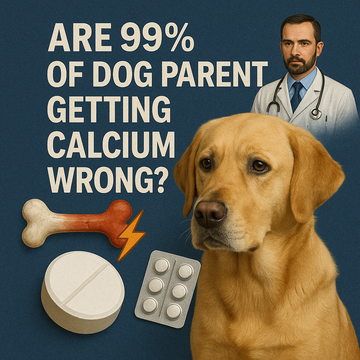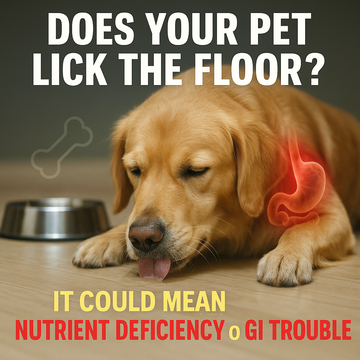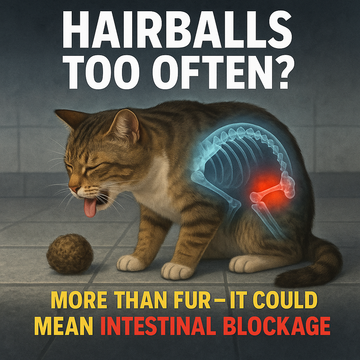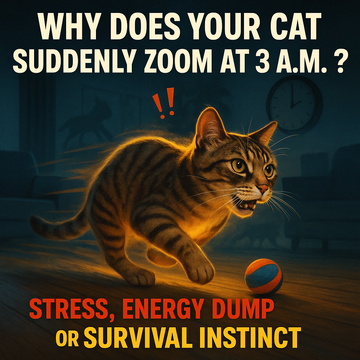Did your dog hop off the couch with a tiny yelp? Paused mid-run, chewing a paw, or showing a faint limp? Teeth not as sturdy lately? These can be connected to calcium and mineral balance. Too little calcium starves bones and teeth; too much may mis-deposit and upset the gut. Do you know if your dog needs calcium? Do you know why the right amount matters? Don’t panic—this 5-minute guide is your calm roadmap: when to supplement, which type to choose, and how to do it safely.

Why “Just Enough”? Calcium Loves Company
Calcium and phosphorus are partners (Ca:P ≈ 1.2–1.4:1). Too little weakens bones; too much may calcify in the wrong places. You might say, “If it’s good, why not more?” Because it’s like over-salting soup—the balance breaks.
Four Calcium Options: Follow “Absorption—GI Feel—Cost—Scenario”
1) Food-Based Calcium: Natural & Gentle, but “It Depends”
Dairy and fortified foods generally absorb better; high-oxalate greens (like spinach) bind calcium; bok choy/cauliflower are gentle toppers. Watch lactose intolerance, sodium in canned fish, and bone safety—canned salmon with bones or low-sodium sardines (soft bones) work well.
2) Calcium Carbonate: High Yield, Budget-Friendly—Best With Meals
~40% elemental calcium, absorbed best with meals (needs acid); typically the most economical. Some dogs get gas/constipation. In homemade diets, it’s the measuring stick for precise dosing.
3) Calcium Citrate: Acid-Independent, Tummy-Friendly, a Bit Pricier
~21% elemental, doesn’t require stomach acid—absorbs fasted or with acid-suppressants. Gentler, fewer constipation complaints, but costlier. Often best for sensitive stomachs/acid suppression (vet-guided).
4) Liquid Calcium (Gluconate/Lactate): Don’t Be Fooled by “Liquid”
Liquid is a form, absorption depends on the salt: gluconate ~9%, lactate ~13% elemental. Strengths: small, frequent, precise dosing—great for puppies/pregnancy-lactation. Tummy-friendly, mid-priced, brand-dependent.
“Supplement or Not?” “Food Only?” — Two Questions, All Explained
-
More is safer? No. Huge single doses absorb poorly and upset the gut; divide the dose.
-
Food only? For toppers, yes. For homemade staples, keeping Ca:P right long-term is hard—supplements + pro formula keep it safe.
-
Sensitive stomach? Choose citrate; for frequent micro-doses, liquid salts are handy.
Dog-Friendly Calcium Foods (Small Toppers/Occasional Treats)
-
Low-sodium sardines (soft bones): calcium + omega-3; watch salt and portion.
-
Canned salmon with bones: crush bones well for safety.
-
Plain low-fat cottage cheese: small, infrequent; avoid if lactose-intolerant.
-
Calcium-set tofu: fine if soy-tolerant.
-
Crucifers (bok choy, cauliflower): lightly cooked, small amounts.
-
Eggshell powder: essentially calcium carbonate; clean—bake—grind fine for accuracy.
Scenario-Based Picks: Straight Answers
-
Homemade staple → Carbonate/eggshell: cost-effective, stable, measurable (nutritionist formula + vet review).
-
Sensitive tummy/acid suppression → Citrate: gentler, acid-independent.
-
Puppies & pregnancy/lactation (need micro-doses) → Liquid salts (gluconate/lactate): easy to divide, good adherence.
-
Food-only top-ups → Rotate 1–2 items in small amounts; main diet stays the cornerstone.

Safety Notes: Choose “Steady” over “More”
Supplement like tuning an instrument: right total + divided doses = harmony; one big blast = GI walk-out. Base plans on weight, diet, labs, set by your vet. If GI upset, constipation, lethargy, or appetite changes arise, stop and call your vet.
We share fresh dog/cat care tips every day—follow us at https://pawcassopet.com/




